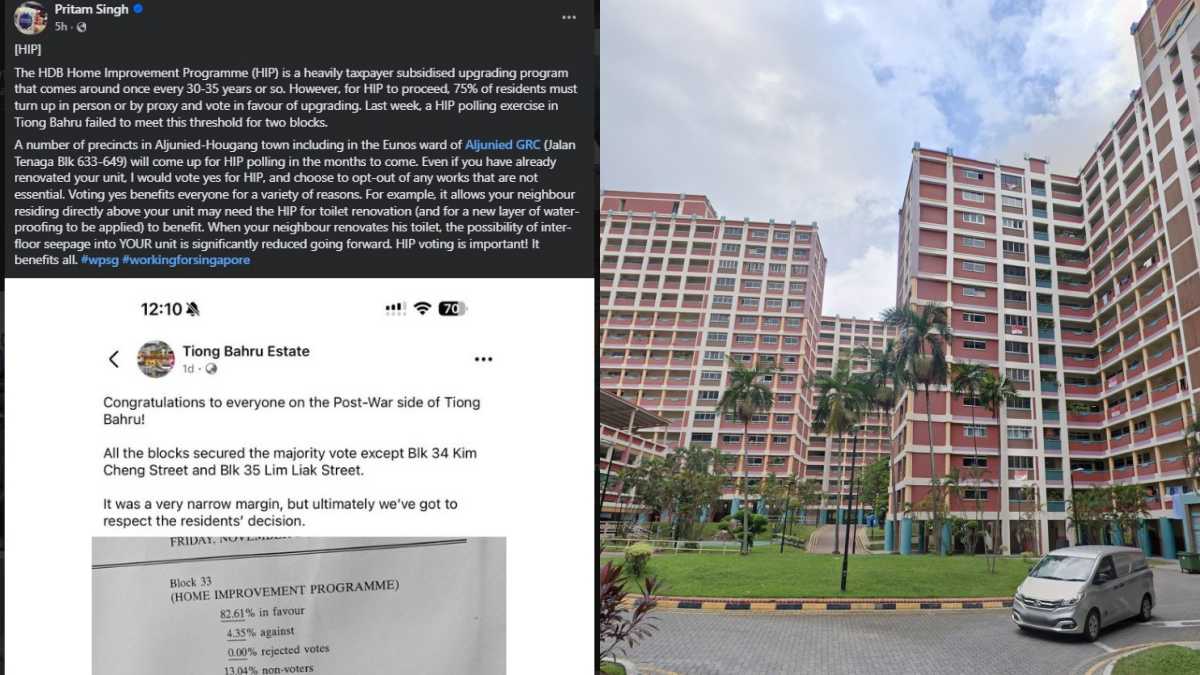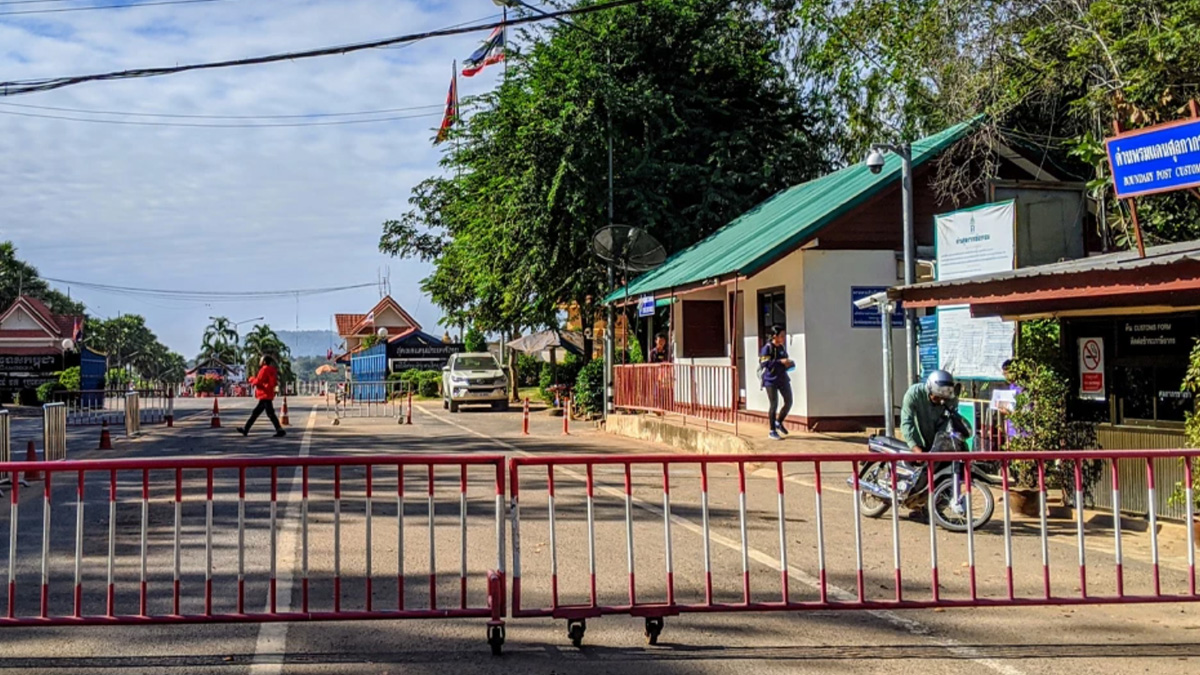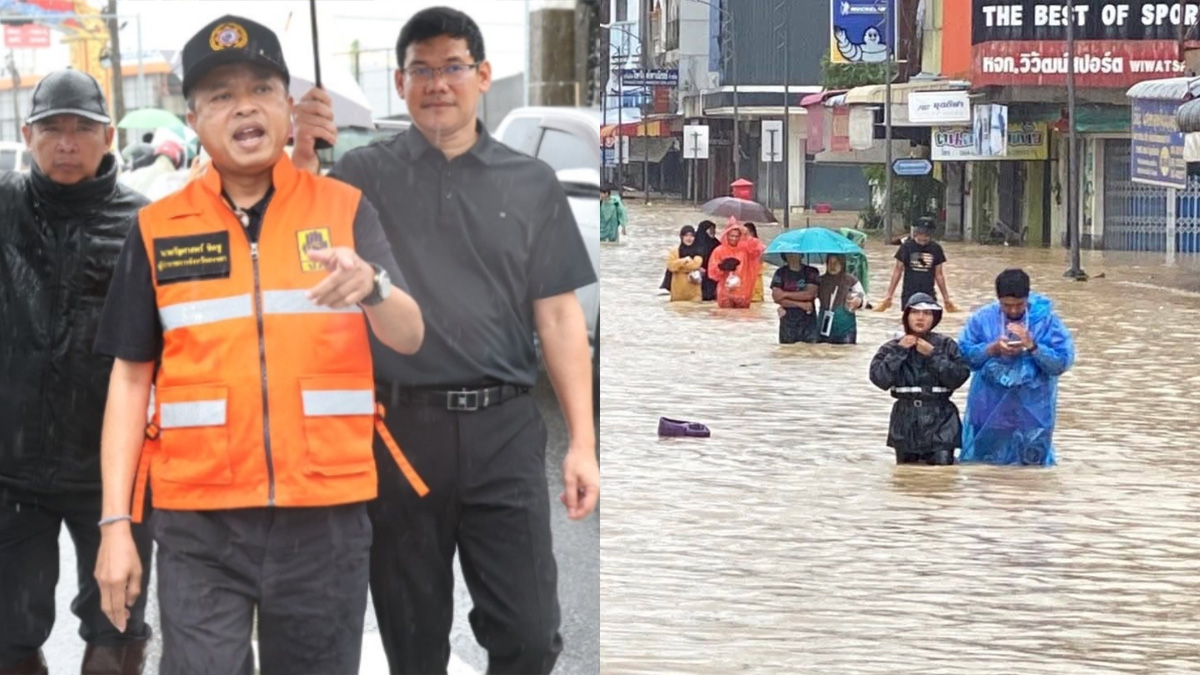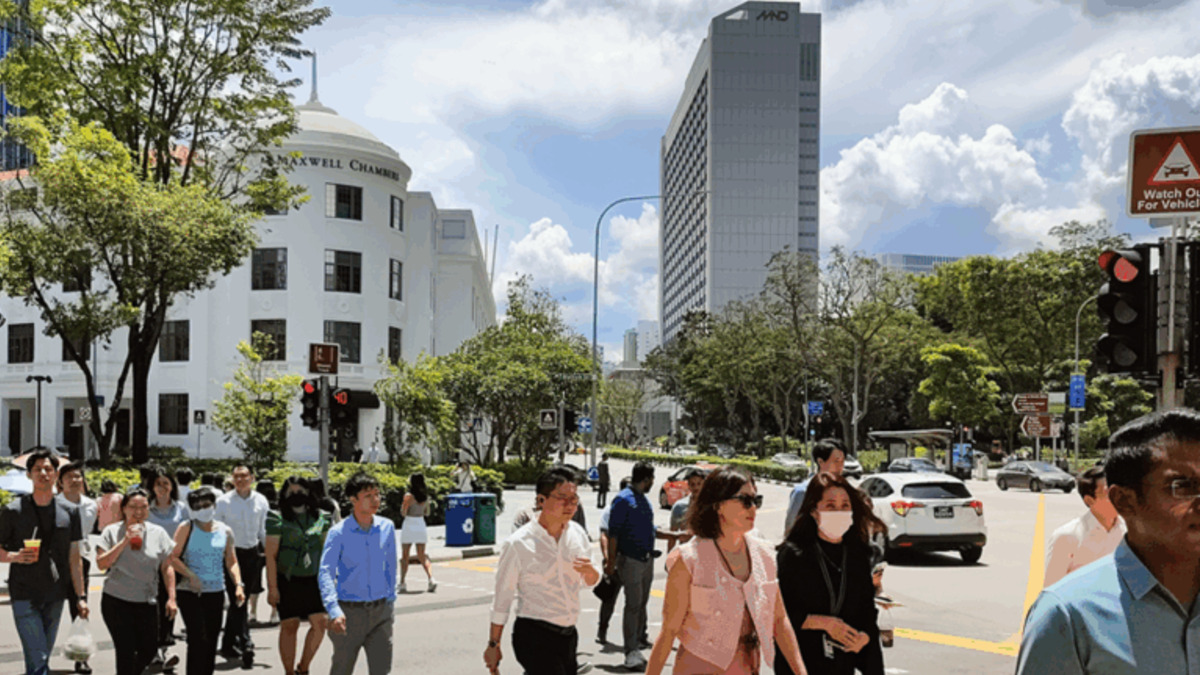Monsoon floods wreak havoc across Southeast Asia with rising death toll and heavy losses
Over 11,000 people in Malaysia and hundreds of thousands in Thailand have been affected by widespread flooding due to monsoon rains, with authorities mobilising temporary shelters and issuing ongoing weather alerts. Over 100 people dead or missing in Vietnam alone, according to regional authorities.

- Over 11,000 people displaced across seven Malaysian states due to flooding
- More than 450,000 households affected in 10 southern Thai provinces amid rising water levels
- Rainfall expected to persist, with widespread damage and temporary shelters established
Monsoon flooding across Southeast Asia has triggered widespread destruction and displacement, with significant casualties, property loss, and agricultural devastation reported in Vietnam, Malaysia, and Thailand.
In Malaysia, the National Disaster Management Agency reported on Monday (24 Nov) that 11,009 individuals from 3,839 families were affected by flooding across seven states: Kedah, Kelantan, Penang, Perak, Perlis, Terengganu, and Selangor.
Kelantan, located in the north-east and bordering Thailand, has been the hardest hit, with 8,228 people affected. According to the agency’s 6am update, 60 temporary shelters have been opened to accommodate displaced individuals. No casualties have been reported.
Flooding is a seasonal occurrence along Malaysia’s eastern coast during the October to March monsoon period, often forcing large numbers to evacuate. This year’s early incidents signal a potentially severe season ahead.
In a separate incident on 23 November, a landslide triggered by persistent rainfall stranded approximately 400 people in Wang Kelian, Perlis. According to state media Bernama, the individuals found refuge in a mosque located on higher ground. A local police official confirmed their safety.
Meanwhile, southern Thailand is experiencing worsening flooding conditions, with the Department of Disaster Prevention and Mitigation reporting on 24 November that 10 provinces remain inundated. Rainfall is expected to persist into Tuesday.
The provinces facing the most severe impacts include Songkhla and Nakhon Si Thammarat, where 243,568 and 210,950 households have been affected respectively. These figures indicate significant disruption to local communities and infrastructure.
Floodwaters have begun receding only in Surat Thani and Krabi, while water levels in other provinces such as Narathiwat and Yala continue to rise. The Thai Meteorological Department has warned that heavy rain will likely continue in the lower southern region until at least 25 November.
The affected southern provinces include:
-
Surat Thani: Tha Chang, Kanchanadit, Khian Sa
-
Krabi: Khao Phanom
-
Nakhon Si Thammarat: Including Muang, Phrommakhiri, Thung Yai, and others
-
Trang: Including Ratsada, Kantang, Sikao
-
Phatthalung: Including Khao Chaison, Sri Nakarin
-
Satun: Including Muang, Thung Wa
-
Songkhla: Including Hat Yai, Sadao, Thepha
-
Pattani: Including Muang, Yaring, Kapho
-
Yala: Including Raman, Betong
-
Narathiwat: Including Muang, Sungai Padi
In addition to the southern region, central and northern Thailand also reported ongoing flooding in 11 provinces due to overflowing waterways.
In the North, Phitsanulok and Nakhon Sawan continue to experience high water levels. In the Central Plain, provinces such as Ayutthaya, Suphan Buri, Pathum Thani, and Nonthaburi remain affected.
The Department of Disaster Prevention and Mitigation noted that while floodwaters were beginning to subside in most northern and central provinces, Phitsanulok’s levels remained stable.
According to the Vietnamese Ministry of Agriculture and Environment, 102 people are either dead or missing due to recent floods. Over 200,000 houses have been inundated, with 221 houses destroyed or swept away and 933 damaged.
The agricultural sector has been severely impacted, with more than 82,000 hectares of rice and other crops ruined. Additionally, an estimated 3.34 million livestock and poultry were killed or washed away.
The ministry also reported widespread damage to infrastructure, including transport routes, irrigation systems, educational institutions, and healthcare facilities.
Initial estimates place total losses at approximately VNĐ13.07 trillion (US$496 million), making it one of the most destructive flood events in recent Vietnamese history.
Relief and recovery efforts are underway across the affected regions in all three countries, though continued rainfall and high water levels are hampering progress. National and local authorities have mobilised emergency shelters, food aid, and medical support, with further assessments ongoing.
The monsoon season, which typically lasts from October to March, has become increasingly intense in recent years, raising concerns over climate resilience and disaster preparedness in vulnerable communities.







0 Comments